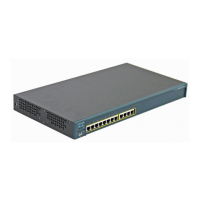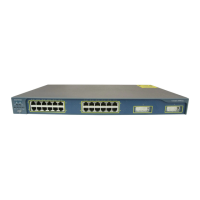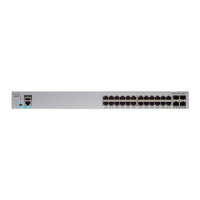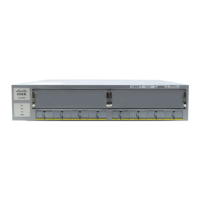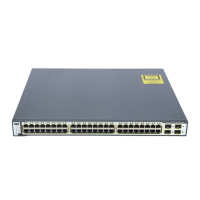Contents
xvii
Catalyst 4500 Series, Catalyst 2948G, Catalyst 2948G-GE-TX, and Catalyst 2980G Switches Software Configuration Guide—Release 8.2GLX
78-15908-01
Setting the System Clock 27-4
Creating a Login Banner 27-4
Configuring a Login Banner 27-4
Clearing the Login Banner 27-5
Enabling or Disabling the “Cisco Systems Console” Telnet Login Banner 27-5
Defining and Using Command Aliases 27-6
Defining and Using IP Aliases 27-7
Configuring Permanent and Static ARP Entries 27-8
Configuring Static Routes 27-9
Scheduling a System Reset 27-10
Scheduling a Reset at a Specific Time 27-10
Scheduling a Reset Within a Specified Amount of Time 27-11
Generating System Status Reports for Tech Support 27-12
CHAPTER
28 Power Management 28-1
Understanding How Power Management Works on the Catalyst 4500 Series Switches 28-1
Power Management Overview 28-2
Understanding Power Management Modes 28-2
Available Power for Power Supplies 28-4
Power Management Limitations 28-4
1400 W DC Power Supply Guidelines and Restrictions 28-5
Understanding How Power Management Works on the Catalyst 4006 Switch 28-6
Understanding Power Redundancy 28-6
1+1 Redundancy Mode Guidelines and Restrictions 28-7
1+1 Redundancy Mode Limitations 28-7
Power Consumption for Modules 28-9
Migrating a Supervisor Engine II from a Catalyst 4006 Switch to a Catalyst 4500 Series Switch 28-10
Understanding How PoE Works 28-11
PoE Management Modes 28-12
Power Requirements 28-12
Phone Detection Summary 28-14
Configuring Power Management 28-14
Setting Redundant Mode for the Catalyst 4500 Series Switches 28-14
Setting Combined Mode on the Catalyst 4500 Series Switches 28-15
Setting the DC Power Input 28-16
Setting the Power Budget for the Catalyst 4006 Switch 28-16
Displaying System Information 28-17
Migrating a Supervisor Engine II from a Catalyst 4006 Switch to a Catalyst 4500 Series Switch 28-18

